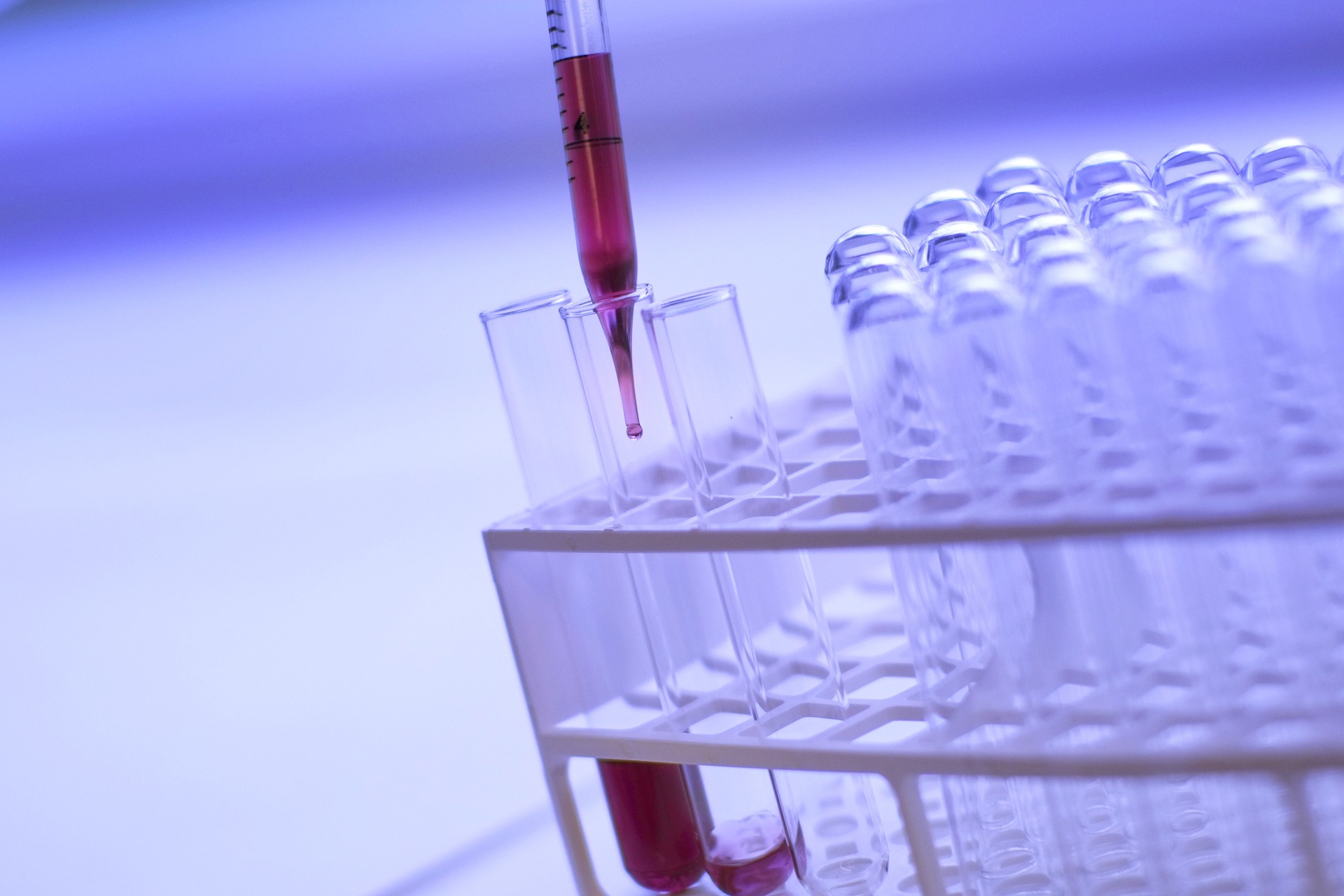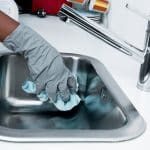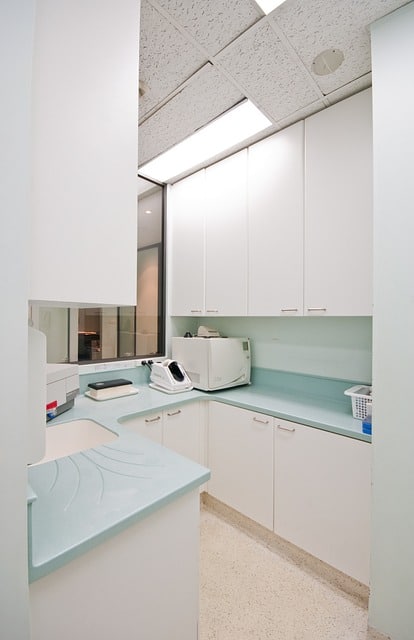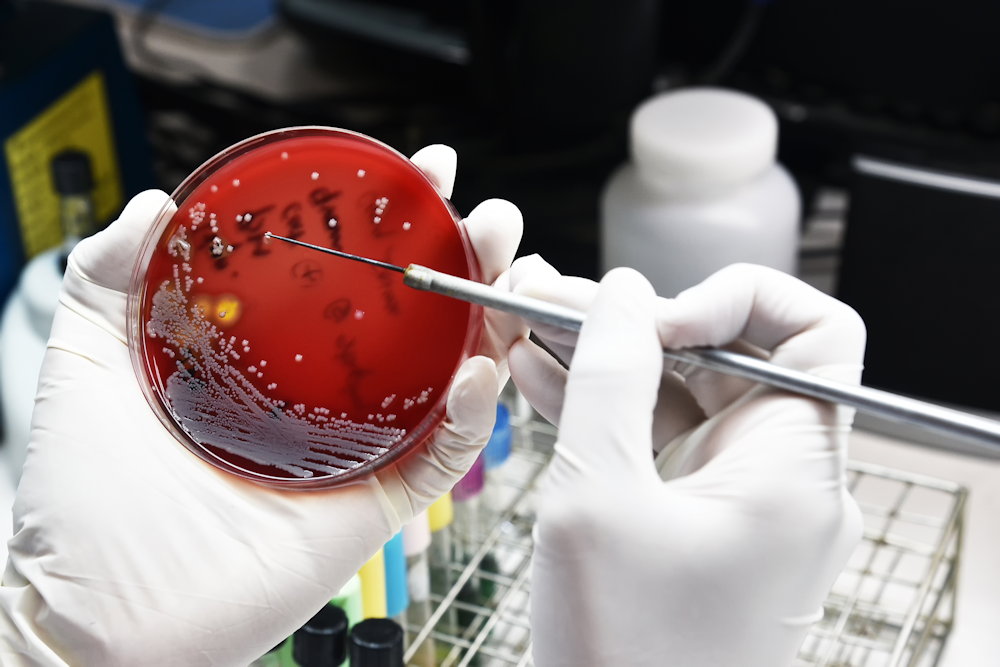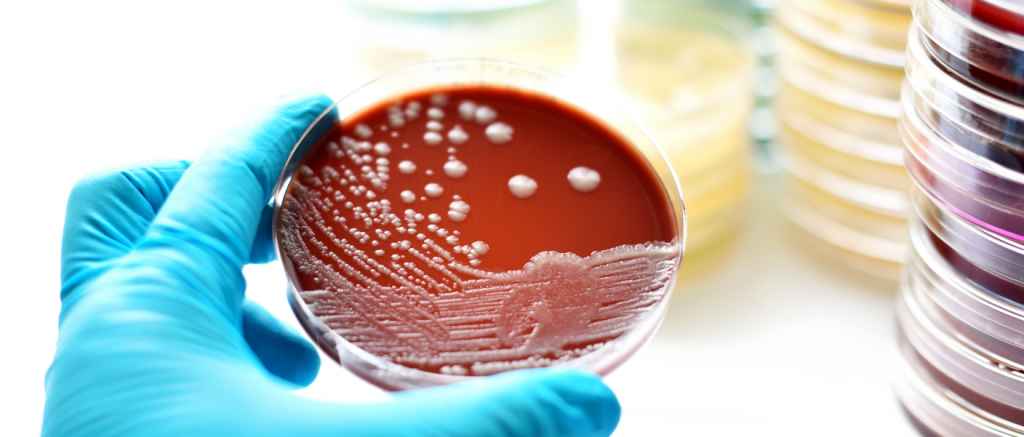Important news from Woodhouse Laboratories. We know that laboratory turn-around times are extremely important for infection control. That’s why we are proud to announce that we have recently completed an internal study on faster readout methods which will provide faster turnaround times on steam and chemical sterilizer tests. As always, we ensure that tests are started the day they are received, and that your results are always reported and available on the same day that incubation is complete.
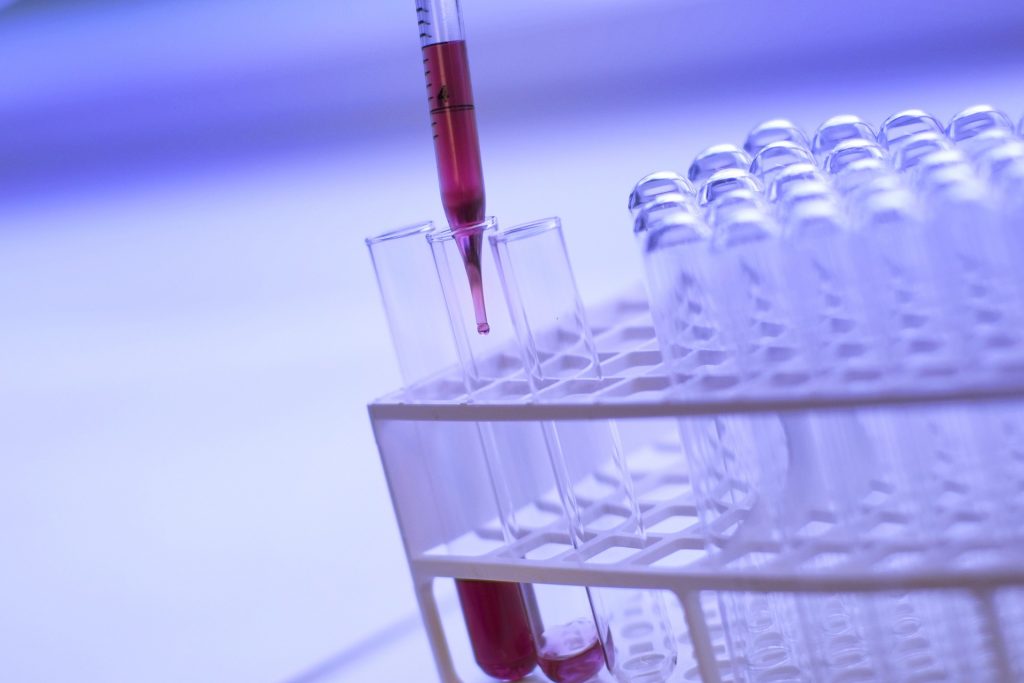
Starting June 17th 2019, our turnaround times will be as follows:
| Steam | 1 Business Day |
| Chemical | 3 Business Days |
| Dry Heat/EtOH | 7 Days |
What does this mean for my office?
Starting June 17th, 2019, if you have a steam or chemical sterilizer you can expect to start receiving your results even faster than before. There is no additional cost to you.
Do I need to do anything differently?
No action is required on your part. This change only affects how we handle your tests when we receive them, not how you test. You can continue using your current strips and envelopes in your kit as before.
Is the new method inferior in any way?
Studies on both our previous method and updated method have found that each is equivalent in accuracy. As always, we perform a secondary confirmation test on any positive results.
Thank you for being a client, we value your business. If you have any questions you can always contact us at [email protected] or by calling 1-800-647-9881.
